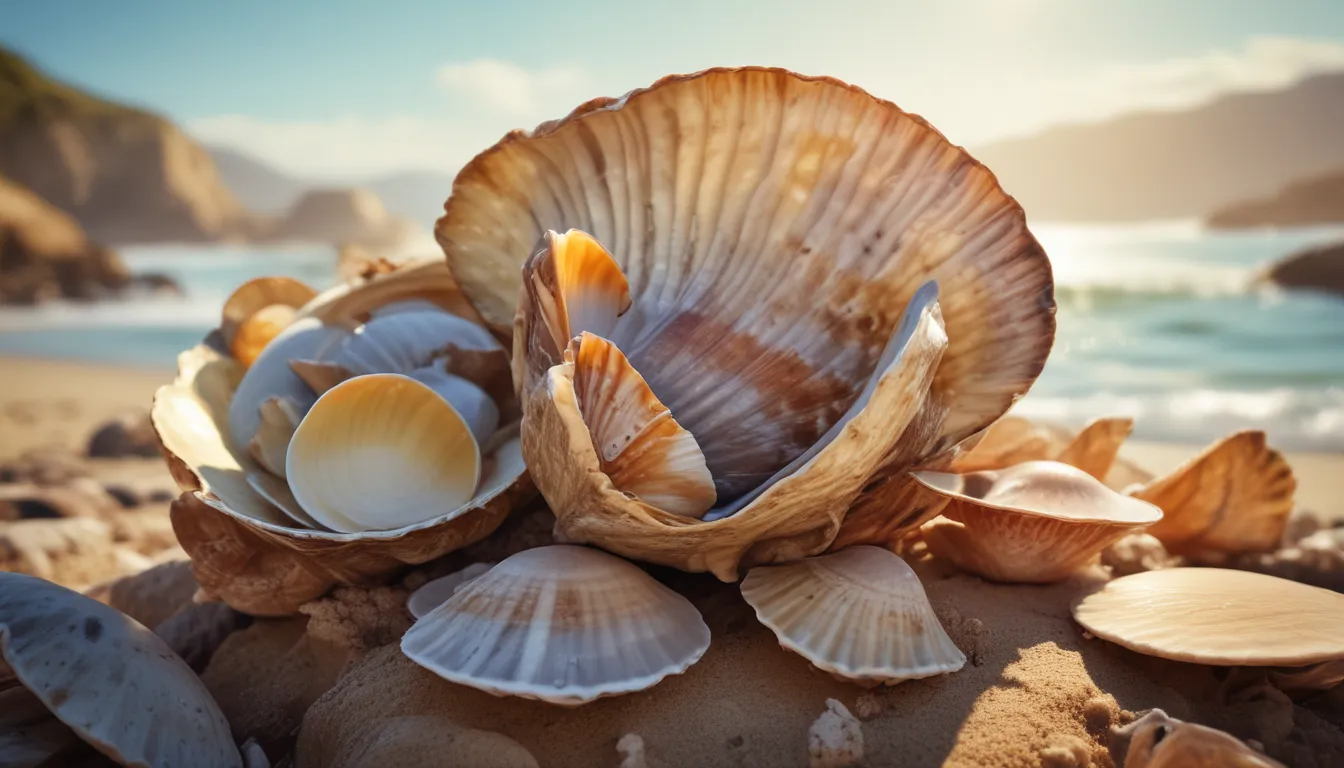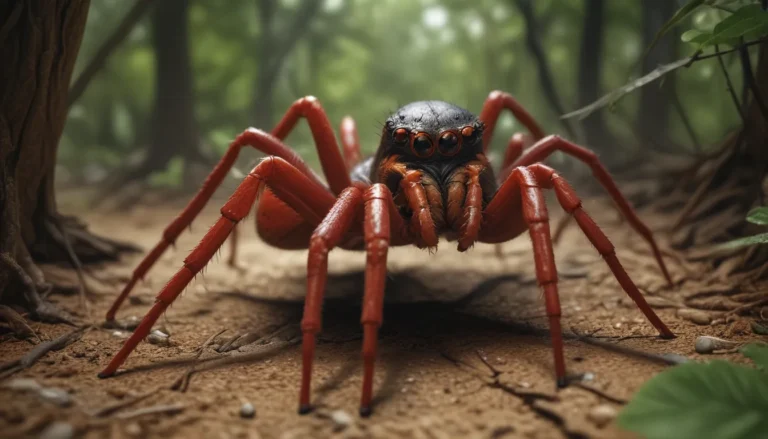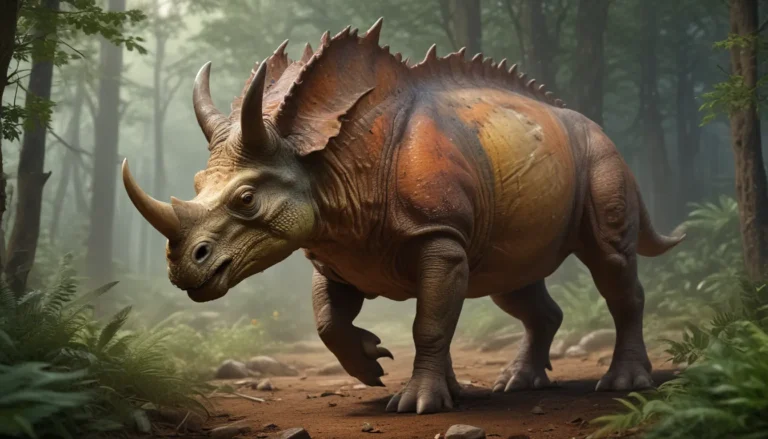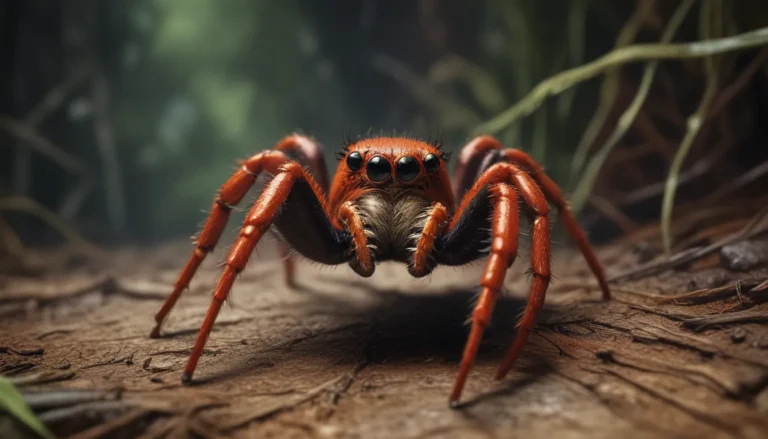The pictures we use in our articles might not show exactly what the words say. We choose these pictures to make you interested in reading more. The pictures work together with the words but don’t take their place. The words still tell you the important facts.
Are you curious about the intriguing world of the Pismo clam, also scientifically known as Tivela stultorum? This captivating creature can be found along the sandy beaches of the Pacific Coastline, enchanting beachgoers and marine enthusiasts with its unique triangular shape and impressive size. In this article, we will delve into 11 interesting facts about the Pismo clam, exploring its habitat, behavior, and ecological significance. From its incredible burrowing abilities to its prized status as a culinary delight, the Pismo clam possesses a rich assortment of qualities that make it a truly remarkable creature. So, let's embark on a journey to uncover the wonders of this charismatic shellfish.
The Unique World of Pismo Clams
Pismo clams, scientifically known as Tivela stultorum, inhabit the sandy beaches of the Pacific coast, spanning from California to Mexico. These bivalve mollusks have a distinctive habitat that sets them apart from other marine creatures. With their elongated shells measuring around four inches in length and a yellowish or grayish-white color, Pismo clams stand out as visually striking entities along the coastline.
Filter Feeding and Delicacy Status
As filter feeders, Pismo clams use their siphons to pump water in and out of their shells, extracting tiny organisms and algae for sustenance. Their tender meat and unique flavor make them a sought-after delicacy among seafood enthusiasts. Whether steamed, baked, or fried, Pismo clams offer a delectable culinary experience that many cherish.
Longevity and Behavior
Pismo clams boast a remarkable lifespan of up to 20 years in the wild, provided they have access to suitable environmental conditions and food sources. Although they are slow burrowers compared to other clam species, taking several minutes to dig into the sand, Pismo clams are efficient in their filtration process. Once burrowed, they exhibit limited movement, relying on the changing tides to bring food to them in their stationary position.
Ecological Significance and Protection
Playing a vital role in beach ecosystems, Pismo clams contribute to water clarity by removing excess nutrients and microscopic organisms from their surroundings. Due to their ecological importance and concerns regarding overharvesting, designated marine reserves protect Pismo clams, requiring permits for commercial or recreational harvesting activities.
Unique Reproductive Process and Cultural Significance
The reproductive process of Pismo clams involves females releasing eggs into the water, fertilized externally by males. The resulting larvae develop as plankton before settling to the ocean floor and maturing into adult clams. Moreover, Pismo clams hold cultural significance within indigenous coastal communities, serving as a valuable food source and playing a role in traditional ceremonies.
Acknowledging the Pismo Clam’s Value
The Pismo clam's diverse characteristics and ecological significance highlight its importance in coastal ecosystems. Its adaptability and efficiency in filter feeding contribute to the ecological balance by aerating sediment and filtering water. As a cherished resource for humans and marine life alike, responsible harvesting practices and adherence to regulations are essential to ensure the sustainability of Pismo clam populations.
Frequently Asked Questions
-
Q: Where can I find Pismo clams?
A: Pismo clams can be predominantly found along the Pacific coast of North America, inhabiting sandy beaches and coastal areas conducive to their survival. -
Q: How do Pismo clams burrow in the sand?
A: Pismo clams utilize their strong muscular foot to dig into the sand, creating a pumping motion that aids in their submersion beneath the surface. -
Q: Are Pismo clams edible?
A: Yes, the meat of Pismo clams is considered a delicacy, but it is crucial to adhere to local regulations, practice responsible harvesting, and ensure safety for consumption. -
Q: What is the average lifespan of a Pismo clam?
A: Pismo clams typically live for about 10 to 15 years, with variations based on environmental factors and predation risks. -
Q: How do Pismo clams reproduce?
A: Pismo clams release eggs and sperm into the water for external fertilization, with larvae undergoing development before settling into the sand as juvenile clams. -
Q: Can I keep Pismo clams as pets?
A: Keeping Pismo clams as pets is discouraged due to their specific habitat requirements and sensitivity to changes in water quality and temperature. Appreciating them in their natural environment is recommended.
As we conclude our exploration of the captivating world of Pismo clams, we invite you to admire and protect these remarkable creatures. With their fascinating adaptations and ecological importance, let us celebrate the Pismo clam as an iconic symbol of coastal biodiversity. Embrace the wonders of nature and contribute to the preservation of these valuable marine beings. Thank you for joining us on this educational journey into the realm of the charismatic Pismo clam.






